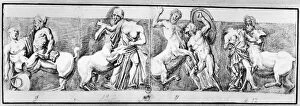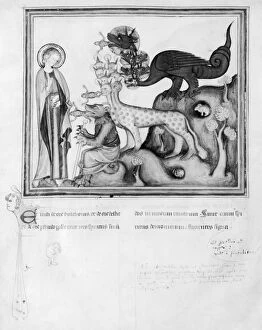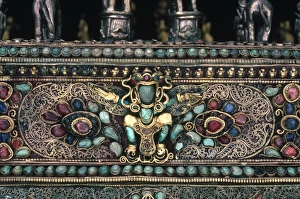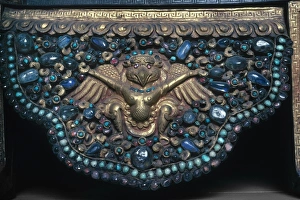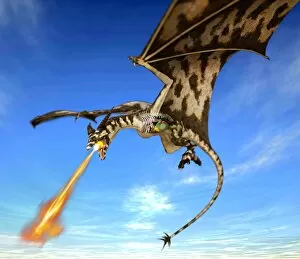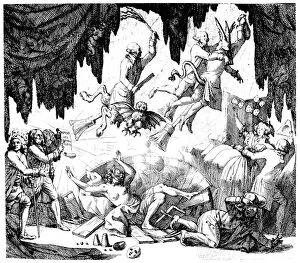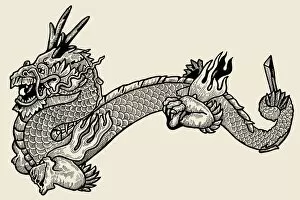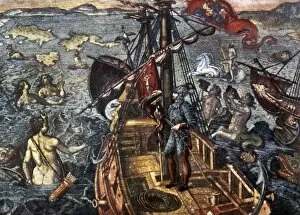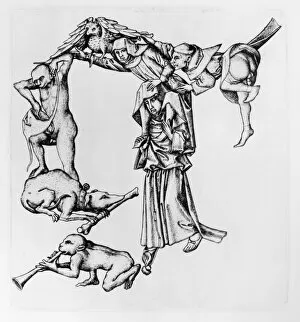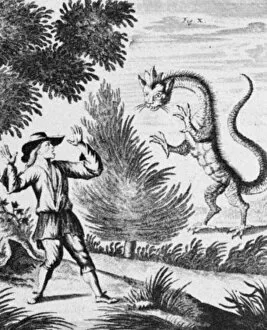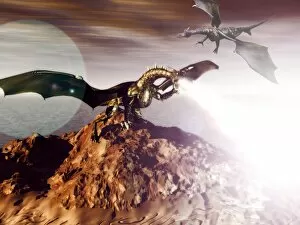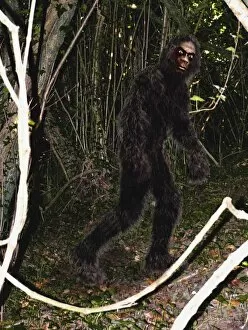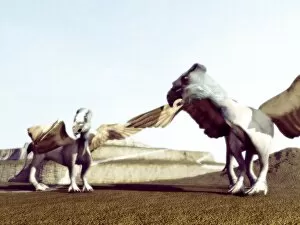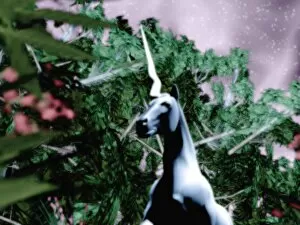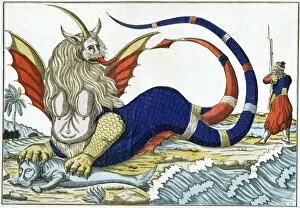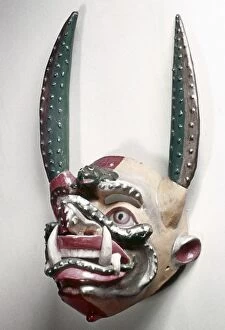Mythological Creature Collection (page 31)
"Unleashing the Power: Exploring Mythological Creatures through Art and Literature" From ancient times to modern tales
For sale as Licensed Images
Choose your image, Select your licence and Download the media
"Unleashing the Power: Exploring Mythological Creatures through Art and Literature" From ancient times to modern tales, mythological creatures have captivated our imagination. In Sakata Kintoki Wrestling with a Tengu, we witness the fierce battle between a legendary Japanese warrior and a mischievous bird-like creature. The intricate details in Torii Kiyomasu I's artwork transport us to an era where mythical beings roamed. Moving across continents, we delve into Mayan civilization with Tikal: Mayan Inscription. Etched on an animal bone lies a canoe scene, depicting their belief in supernatural entities that governed both land and water. Shakespeare's A Midsummer Night's Dream transports us to enchanted forests where fairies reign supreme. In Act 4, Scene 1, we are immersed in the whimsical world of Oberon and Titania as they meddle with human affairs. Venturing into icy terrains, legends of Yeti echo through the Himalayas. Tales of this elusive creature continue to intrigue adventurers who brave treacherous mountains in search of truth. The enigmatic Loch Ness Monster emerges from Scottish folklore as one of the most famous cryptids ever recorded. Countless sightings fuel our fascination with this aquatic beast lurking beneath dark waters. Max Klinger's Bear and Elf (Bar und Elfe) takes us on a journey through Germanic mythology. This captivating illustration showcases the unlikely friendship between two magical beings amidst lush landscapes. In Le Premier Volume de la Bible en Francoiz Historiee et Nouvellement Imprimee, we encounter biblical narratives intertwined with French history—a testament to how myths shape cultural identities throughout time. A battle for glory unfolds before our eyes in Battle between a Rider and a Dragon stylus underdrawing by an unknown artist from 1482. This epic clash symbolizes humanity's eternal struggle against formidable forces beyond comprehension. Recovering the Stolen Jewel from the Palace of the Dragon King transports us to a world of Chinese folklore.

